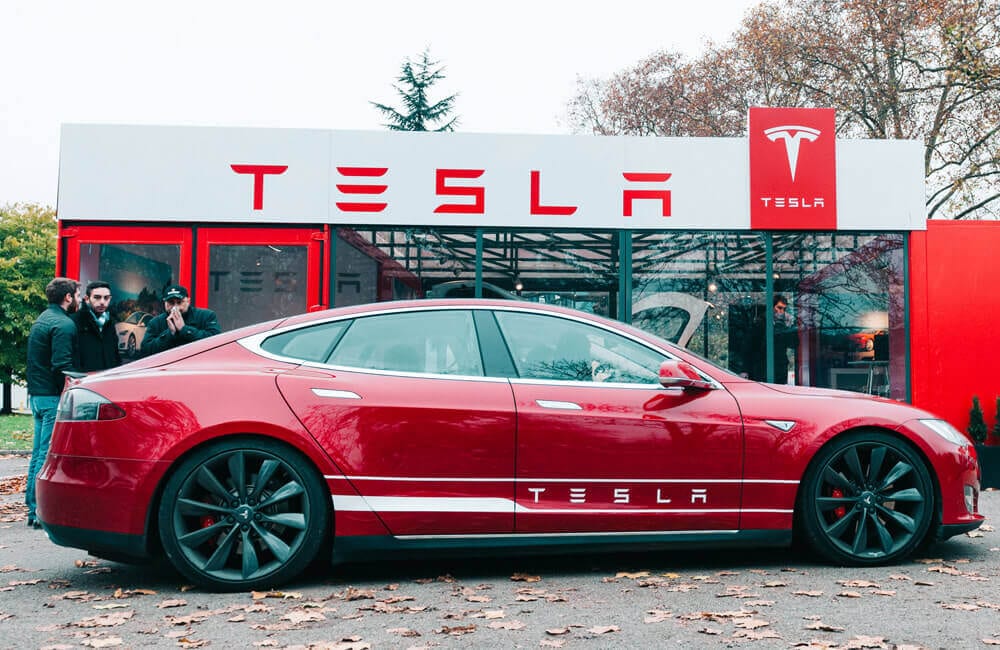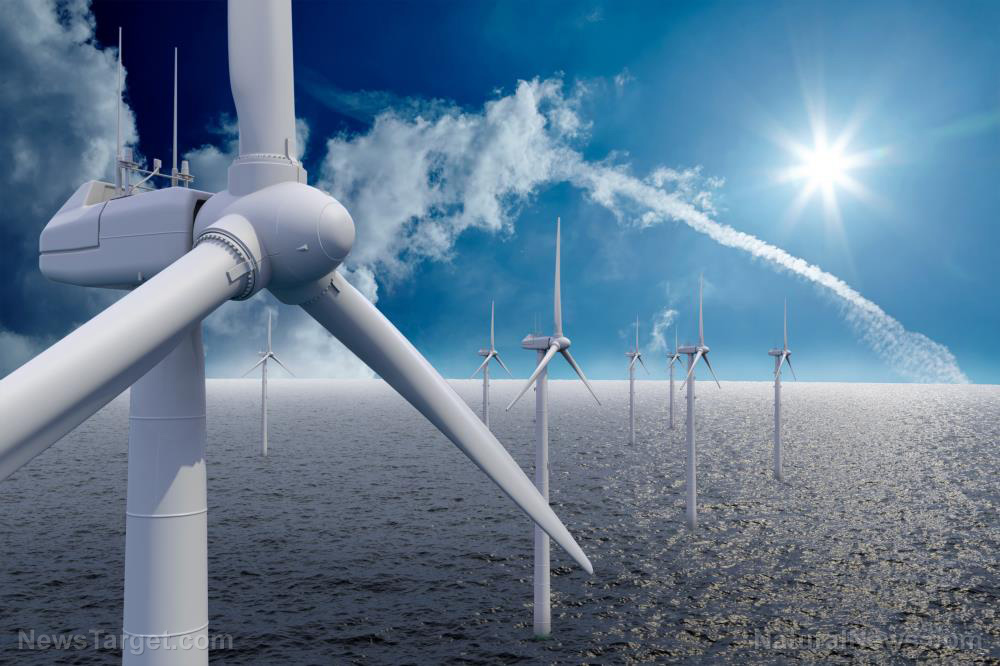Annual inflation surged 3.7% in August thanks to the jump in gas prices
09/14/2023 / By Arsenio Toledo

Inflation in August spiked by 3.7 percent compared to last year, with the rise in gas prices accounting for more than half of the monthly inflation increase.
The Consumer Price Index (CPI) for August showed that prices were 3.7 percent higher year-over-year, slightly higher than the 3.2 percent reading in July and also higher than what economists predicted inflation would be for the month. This is also far above the two percent inflation target of the Federal Reserve. (Related: U.S. household income FELL in 2022 for the third straight year due to inflation and rising cost of living.)
The rate of price increases for most products and services has slowed somewhat over the past year. However, most Americans are taking little comfort from this because the run-up in the prices of many other goods and services has been abnormally large and because prices aren’t actually declining.
“Everything pretty much feels like it’s going up price-wise,” said Michael Davidson of Arlington, Virginia in an interview with the Wall Street Journal. Davidson noted that he is aware of headlines claiming inflation is cooling and the jobs market is strong, but the prices of things like gas and groceries aren’t actually getting better. “I feel like I’m being pushed between a rock and a hard place.”
At gas stations, Americans paid more during August, with prices up 10.6 percent from the prior month, the largest one-month increase since June 2022.
According to OPIS, an energy data and analytics provider, the average price of a gallon of regular gas was $3.84 in August compared to $3.6 in July. The Energy Information Administration‘s data notes that gas prices rose to a peak of $3.984 per gallon during the third week of August.
As of Thursday, Sept. 14, the AAA lists the average national price of gas at $3.858 per gallon. Prices were generally lowest in the American South, with Louisiana and Mississippi recording the lowest average statewide prices for a gallon of gas at $3.403 and $3.302, respectively.
Meanwhile, prices were the worst on the West Coast, with the average price of a gallon of gas in Washington and California at $5.05 and $5.505, respectively.
Other products listed in the CPI that increased in cost included housing, food prices, recreation, apparel, transportation, education and communication and other goods and services. Only medical care showed an annual change in its price, costing around one percent less than it did last year.
Saudi Arabia is being partially blamed for the surge in gas prices in the United States. Last month, the kingdom decided to extend its cuts to its production of crude oil until the end of the year to keep gasoline prices elevated.
“Oil price gains influence all manner of manufacturing and transportation costs, which ultimately get passed onto consumers over many months following any increase in oil prices,” said Kurt Ranking, a senior economist for finance firm PNC. “August’s stronger CPI inflation result may therefore be the first in a stretch of renewed upward pressure on consumer prices as high and still-rising oil prices make their way through the U.S. economy.”
Gas price surge could lead to more interest rate hikes
The CPI, released by the Department of Labor’s Bureau of Labor Statistics, was published around a week before the Fed is expected to make a decision regarding interest rates.
Most economists believe the Fed will keep interest rates as they are for now and will probably increase them again in November or December. However, a small number do believe that the Fed might increase them for the 12th time since the central bank began its campaign of rate hikes in March 2022.
Since March 2022, the Fed has raised its benchmark overnight interest rate by 525 basis points to the current range of 5.25 percent to 5.5 percent.
“There is nothing here to seriously put a Fed rate hike on the table next week, but there is enough to keep the debate about the need for one more hike in 2023 alive,” said Conrad DeQuadros, senior economic advisor for New York-based finance broker Brean Capital.
“It’s going to be a mixed picture, with headline inflation picking up due to higher gasoline prices and core inflation remaining contained,” said Sam Bullard, a senior economist for Wells Fargo in Charlotte. “The Fed would be encouraged by the continued moderation trend in core inflation, but it’s still too high.”
Learn more about inflation in the United States at EconomicRiot.com.
Watch this clip from Fox News featuring economist and author Steeve Moore discussing why inflation will continue to be a problem for Americans.
This video is from the News Clips channel on Brighteon.com.
More related stories:
Food shortages and inflation continue as “Bidenomics” SPECTACULARLY FAILS.
Massive government spending is keeping inflation high, warns market expert.
Sources include:
Submit a correction >>
Tagged Under:
bubble, debt bomb, debt collapse, economic collapse, economic riot, economy, energy supply, Federal Reserve, finance, finance riot, fuel prices, fuel supply, gas prices, inflation, interest rate hikes, market crash, money supply, power, risk, Saudi Arabia
This article may contain statements that reflect the opinion of the author
RECENT NEWS & ARTICLES
NewEnergyReport.com is a fact-based public education website published by New Energy Report Features, LLC.
All content copyright © 2018 by New Energy Report Features, LLC.
Contact Us with Tips or Corrections
All trademarks, registered trademarks and servicemarks mentioned on this site are the property of their respective owners.




















